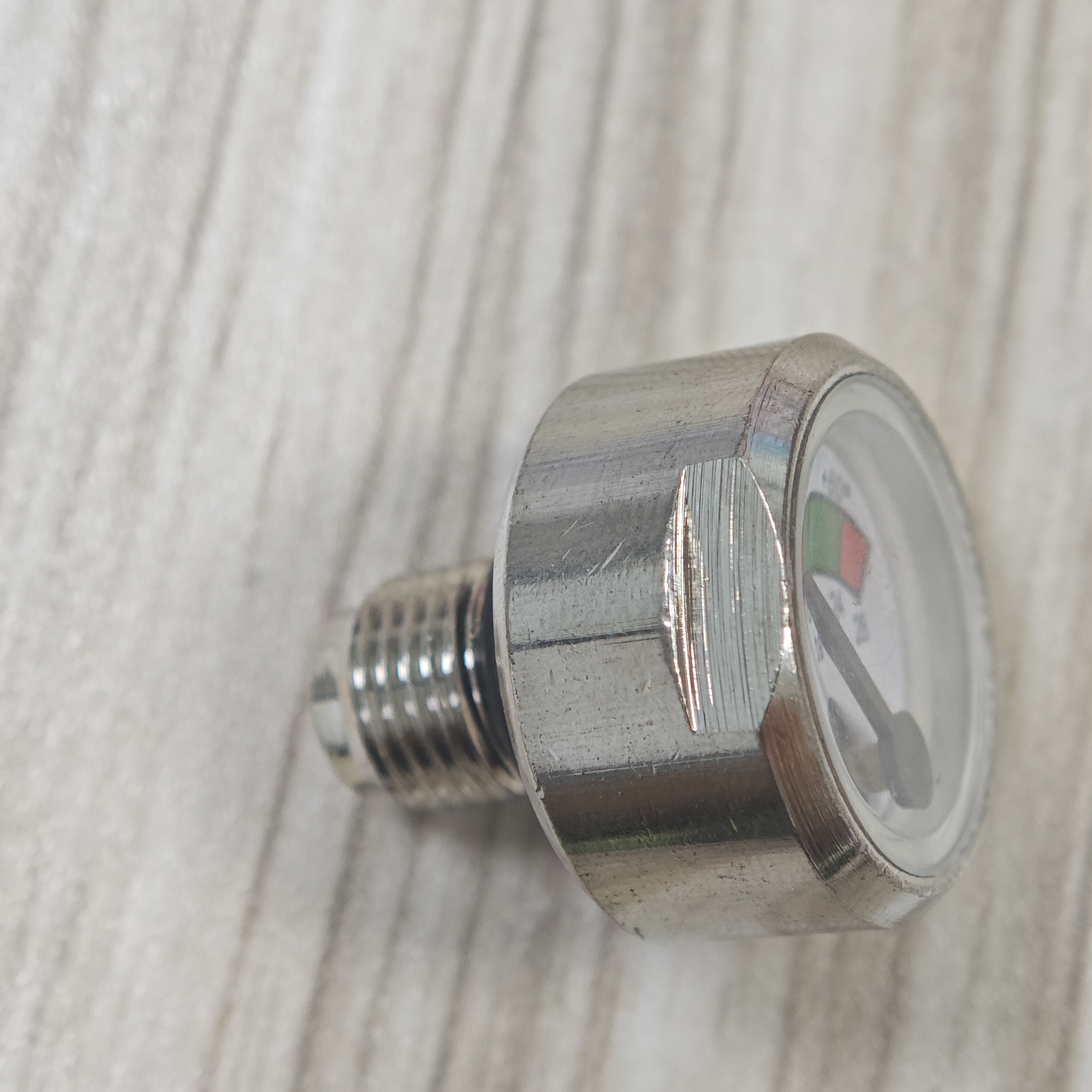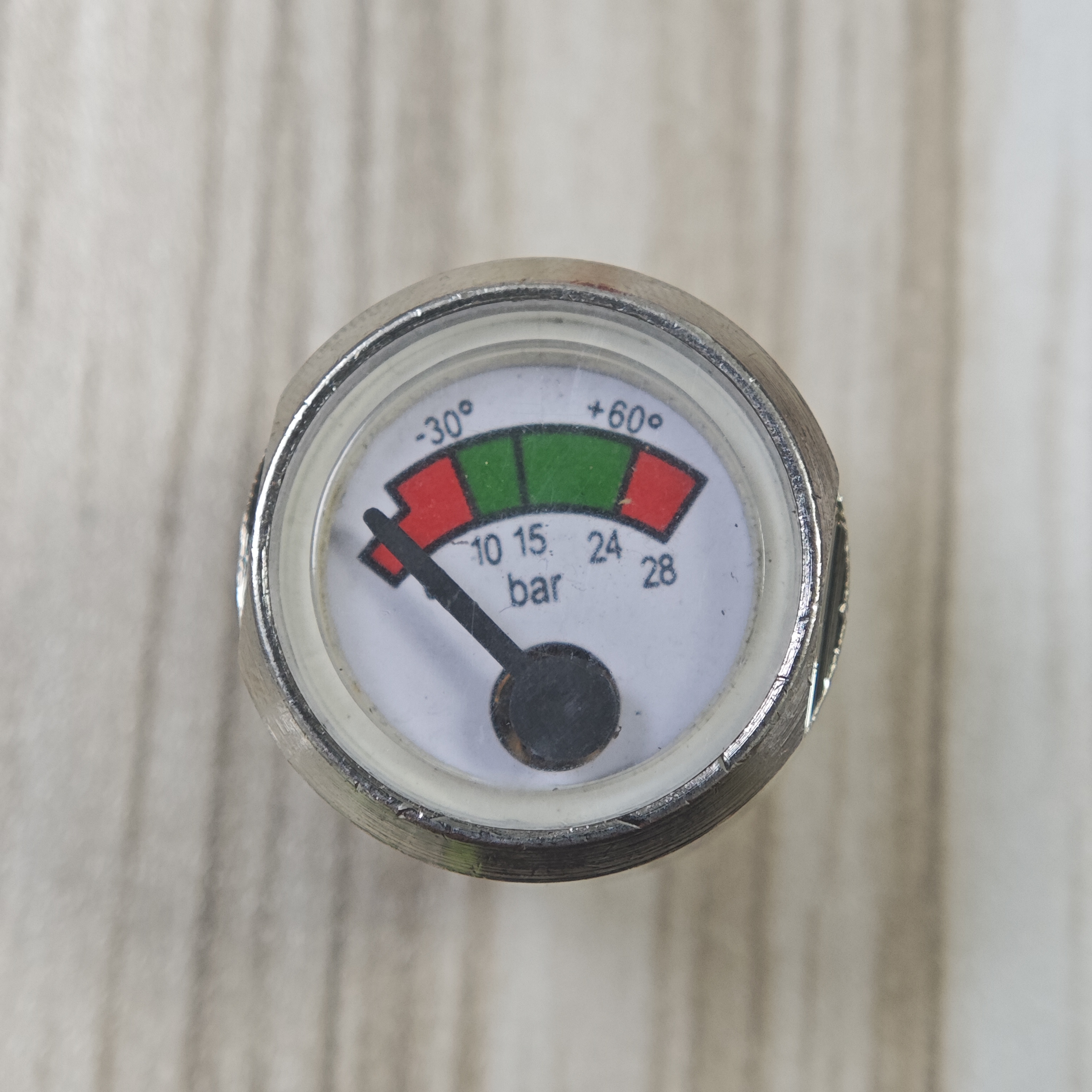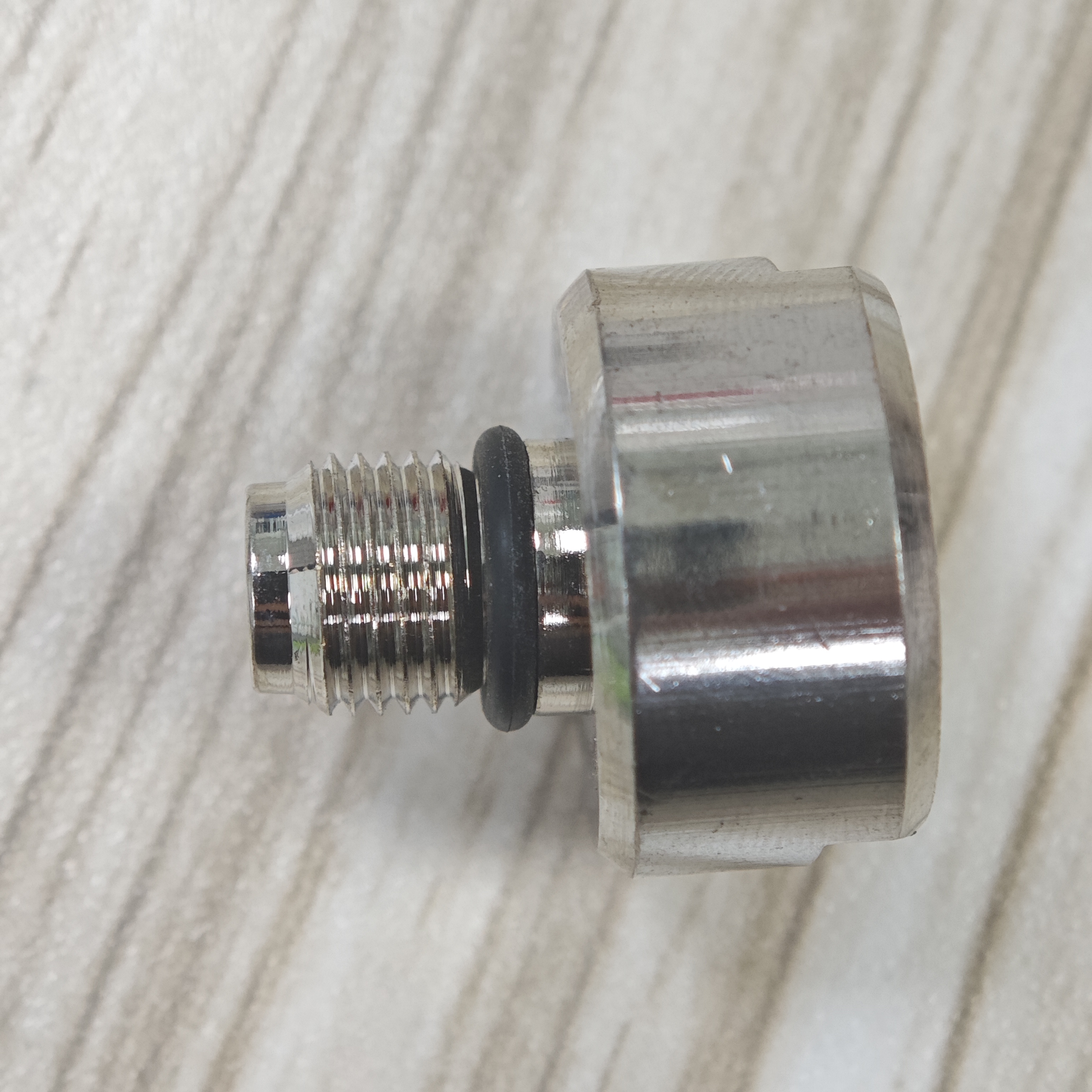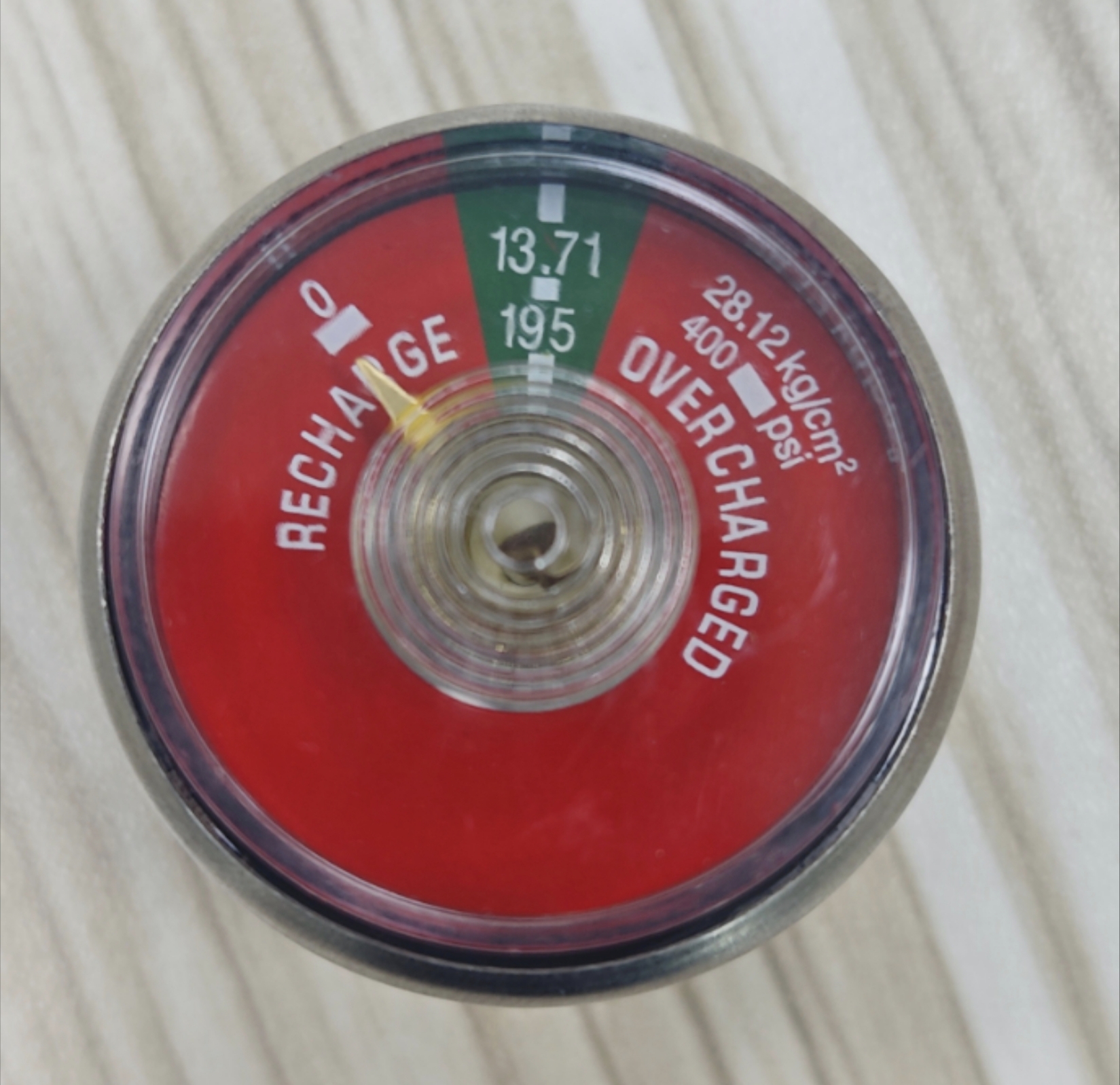In-depth Analysis of Dry Powder Fire Extinguisher Pressure Gauges: Structure, Function and Maintenance
1. Introduction to the Dry Powder Fire Extinguisher Pressure Gauge
A dry powder fire extinguisher relies on several key components—valve, nozzle, pressure gauge, and dry powder—to function effectively. Among these, the pressure gauge provides a visual indication of internal cylinder pressure, confirming readiness for deployment. Ensuring the pressure gauge reads within the optimal range is a fundamental aspect of fire safety, as it determines whether the dry powder can be expelled effectively through the valve and nozzle when combating a fire.
2. Architecture of the Pressure Gauge
2.1 Core Components
Gauge Housing: Constructed from corrosion-resistant metal or durable plastic to protect the internal mechanism.
Bourdon Tube or Diaphragm: Converts internal pressure into mechanical movement that drives the dial pointer.
Dial and Pointer: The dial is color-coded (red, green, yellow) to indicate undercharged, optimal, or overcharged states; the pointer displays the exact pressure reading.
Connection Fitting: A threaded stem secures the pressure gauge to the extinguisher valve assembly, ensuring a leak-proof seal.
2.2 Integration with Valve, Nozzle, and Dry Powder
The pressure gauge attaches directly to the valve body, which houses the mechanism controlling the release of the dry powder. When the valve is actuated, the pressurized agent travels through the nozzle, propelled by the stored energy indicated by the pressure gauge. Proper interaction among these parts is critical for achieving rapid fire suppression.
 |  |  |
3. Operating Principle of the Pressure Gauge
3.1 How It Measures Pressure
Inside the pressure gauge, a Bourdon tube or diaphragm deforms proportionally to internal cylinder pressure. This deformation is transmitted via mechanical linkages to the pointer on the dial. As pressure rises, the pointer moves from the red “undercharged” zone, through the green “optimal” zone, into the yellow “overcharged” zone, alerting users to potential hazards.
3.2 Significance of Color Zones
Red (Recharge Zone): Indicates insufficient pressure; the dry powder fire extinguisher may not discharge properly and requires servicing.
Green (Optimal Zone): Confirms adequate pressure for effective discharge of dry powder, ensuring the valve and nozzle will perform as intended.
Yellow (Overcharge Zone): Signals excessive pressure, which can risk rupture of the cylinder or damage to the valve assembly.
4. Importance for Fire Safety
A correctly functioning pressure gauge is vital for fire safety, as it provides the first line of defense by confirming that the dry powder fire extinguisher is ready for use. A faulty gauge can lead to undetected pressure loss or dangerous overpressure, compromising the ability of the valve and nozzle to deliver the dry powder when seconds matter.
5. Common Gauge Malfunctions and Remedies
| Issue | Symptoms | Remedy |
Undercharged(Red Zone) | Pointer in left red area; extinguisher won’t spray | Recharge cylinder or replace extinguisher as needed |
Overcharged(Yellow Zone) | Pointer in right yellow area; cylinder overpressure | Relieve pressure per manufacturer instructions |
Pointer Stuck or Erratic | Pointer fails to move or fluctuates | Replace gauge; inspect for debris or mechanical damage |
Corrosion or Leakage | Visible corrosion; hissing sound near gauge | Replace seals; fit new gauge if housing compromised |
6. Maintenance and Inspection Protocols
6.1 Monthly Visual Checks
Confirm the pressure gauge pointer resides firmly in the green zone.
Inspect for external damage to the gauge housing, seals, and valve fittings.
6.2 Annual Professional Servicing
A qualified technician should perform a full internal inspection, including gauge calibration and hydrostatic testing as required by NFPA 10.
Replace worn nozzle or valve components concurrently to ensure seamless operation.
6.3 Hydrostatic Testing Intervals
Dry chemical extinguishers (including those with dry powder) require hydrostatic testing every 12 years; nonrechargeable units must be retired after 12 years.
Internal inspections for stored-pressure units occur every 6 years; alternative schedules apply for certain types.
7. Enhancing Reliability of Valve, Nozzle, and Dry Powder Through Gauge Care
Maintaining the pressure gauge not only ensures correct pressure but also preserves the valve, nozzle, and dry powder integrity. A properly calibrated gauge prevents undue stress on the valve mechanism and ensures the nozzle delivers an even spray pattern of dry powder.
8. Advanced Gauge Technologies
Modern extinguishers may feature electronic pressure monitoring systems that replace monthly manual checks with continuous digital tracking, automatically alerting facility managers if the pressure gauge reading deviates from the green zone.
9. Conclusion
The pressure gauge of a dry powder fire extinguisher is an indispensable component for guaranteeing effective fire suppression. Through understanding its construction, operation, and integration with the valve, nozzle, and dry powder, organizations can uphold the highest standards of fire safety. Regular inspection, maintenance, and timely replacement of the gauge—and related components—ensure that a dry powder fire extinguisher will perform reliably when called upon to protect lives and property.


